Alan Titchmarsh: Why I had to cut down my decades-old hedge — and how it's worked out better than I could ever have hoped
Even the most well-established gardens can take unexpected turns, says our columnist Alan Titchmarsh. But if you're prepared and flexible, you might end up being delighted with the change to the status quo.


Once a garden has been established — the overall design imprinted on the earth and found to be workable — it is all too easy to assume that the job is done. There will be a bit of unpicking within borders, digging up and dividing those plants that become overcrowded or which fizzle out due to the competitive nature of a neighbour, a shrub that has become too large for its spot or a tree that’s beginning to shade out the plants below it, but, generally speaking, we are unadventurous when it comes to wholesale reworking.
Unless fate takes a hand, that is. Under such circumstances, the status quo is impossible to maintain and compromise is not enough.
When we inherited our Hampshire garden 18 years ago, the southern boundary — some 65ft from the house — afforded great privacy thanks to a towering Leyland cypress hedge. Not until folk got up close did they realise that what they thought was yew was actually that reviled hybrid conifer.
However, Leyland-cypress hedges, when regularly clipped to form a symmetrical block as this one had been, are not the monsters they can become when left unpruned. The 20ft height was necessary for our hedge: at first, to screen from view the grain silos that originally lay beyond it and, later, the three houses that replaced them. The houses were neither ugly enough nor close enough to be an eyesore, but the established hedge did offer a welcome degree of privacy.
Our Georgian farmhouse is built of dusky-orange brick made from local clay and a yew hedge would be far more appropriate than the bi-generic hybrid of Cupressus macrocarpa and Chamaecyparis nootkatensis that first saw the light of day in about 1880 and is now associated with more boundary disputes than you can shake a chainsaw at.
"We knew the time had come to bite the bullet and fell all 57 cypresses"
We continued to trim the hedge annually in September or October, so that it remained crisp in outline, but, knowing the fickle nature of Leyland and the fact that it can fall prey to disfiguring fungus diseases, as well as mites, I decided — some 15 years ago, thank goodness — to plant a yew hedge about 6ft away from it on its southern side, as a precaution.
I’m glad I did.
Exquisite houses, the beauty of Nature, and how to get the most from your life, straight to your inbox.
Over the past three years, large brown patches spread ever further over the surface of the Leyland hedge. There was no point in cutting back the offending stems, as Leyland and its relatives will not regenerate if cut beyond the green growth. Although the yew hedge had reached only half the height of the Leyland, we knew the time had come to bite the bullet and fell all 57 cypresses, whose trunks were between 10in and 12in in diameter.
Down they came and the trunks were sawn off at ground level. Purists would have brought in a stump grinder; I chose, instead, to build a foot-high wall along the line of the hedge to enclose them in a raised bed, which was filled with imported topsoil. There is no danger of the stumps regenerating, although some might argue that they might harbour honey fungus. It is a risk I am prepared to take.
"I don’t think I’ve ever been so impatient for spring"
With the hedge gone, a delightfully warm, chest-high brick wall has been revealed and, beyond it, my new yew hedge. I now gaze out from the house on a totally different view, bathed in sunshine, which the towering hedge had previously screened until after midday. The new raised bed — 6ft from front to back — has been planted every 16ft 6in along its length with sentinels of golden Irish yew, interspersed with modest-sized Japanese maples. The yew hedge seems, already, to have fluffed itself up and responded to the increased light levels. With rising spring temperatures and an altogether more propitious environment, I am hopeful of its thickening up and becoming a far more appropriate boundary than the one it has replaced.
The greatest thing is that it has allowed me to create a brand new border in a garden whose overall layout was, I thought, established; proving that even the most satisfactory designs are capable of becoming run-of-the-mill and lacking in excitement. My new plantation has given me the opportunity of growing a tremendously varied collection of Japanese maples, together with hostas and a ribbon of Anemone blanda. I don’t think I’ve ever been so impatient for spring.
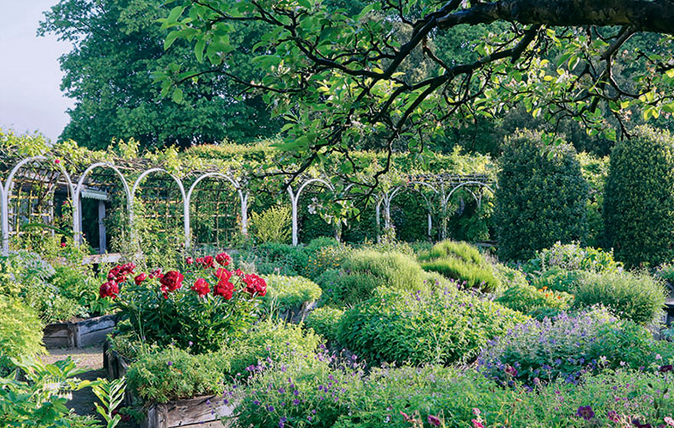
Alan Titchmarsh: The poetic pleasure of plant names
Our gardening expert on the days spent learning the names of some of the most obscure plants in Britain.
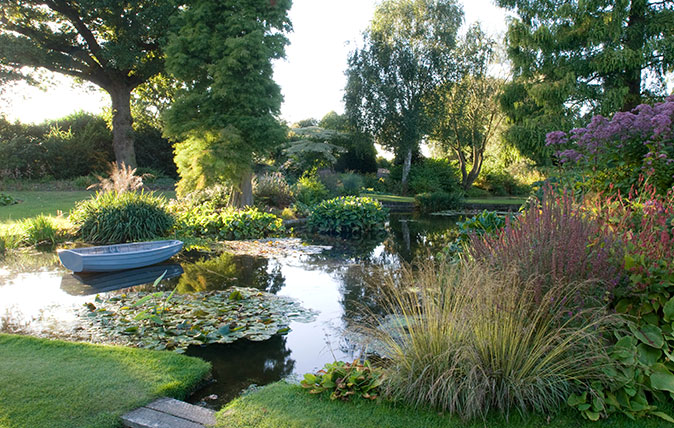
Alan Titchmarsh: How to keep a perfect pond
Alan Titchmarsh says that now is the time to clear out the weeds and keep your pond in top condition
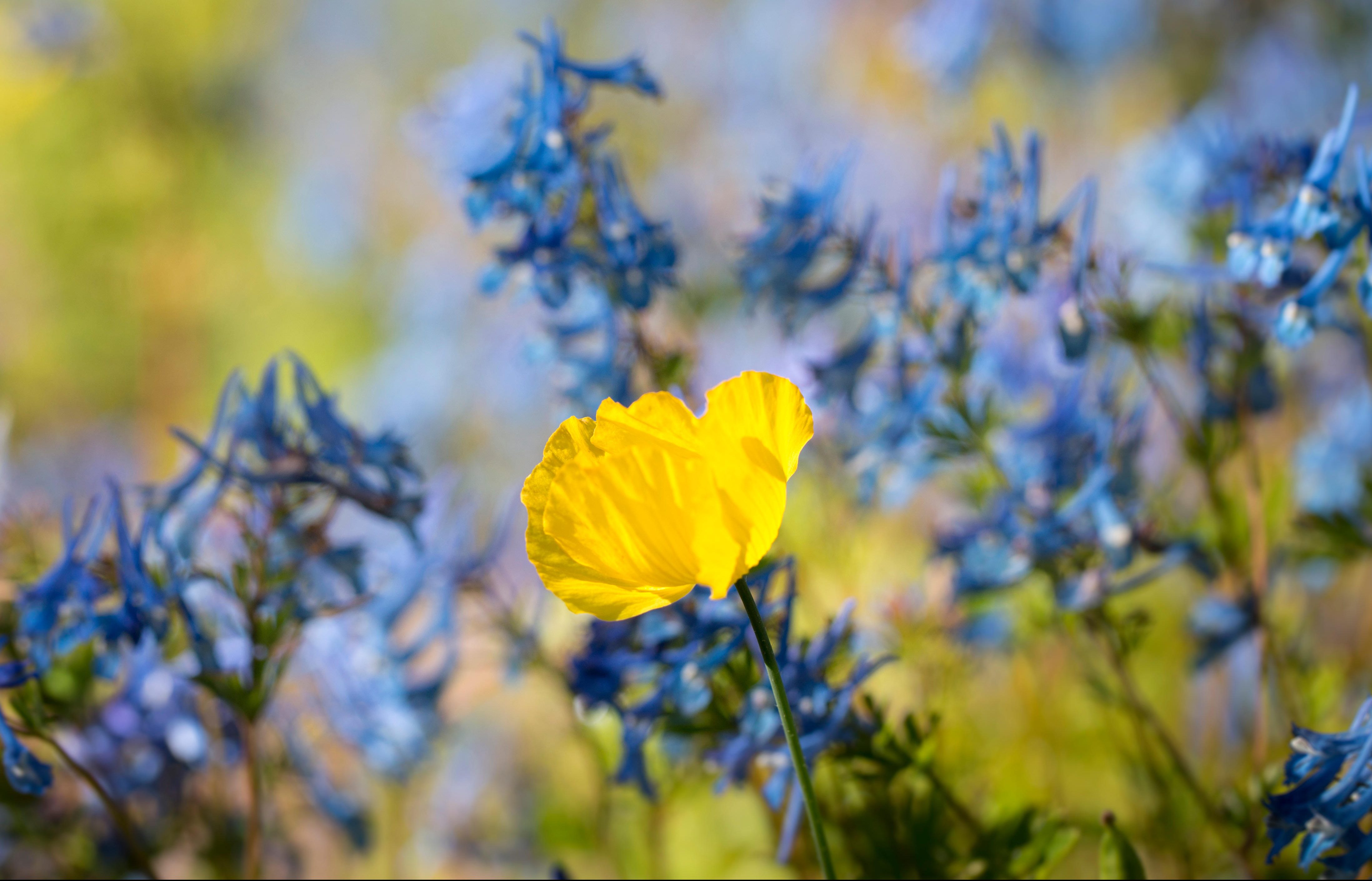
Alan Titchmarsh: The weeds I welcome with open arms
Our columnist Alan Titchmarsh used to spend hours ridding his garden of anything he hadn't planted himself. These days he
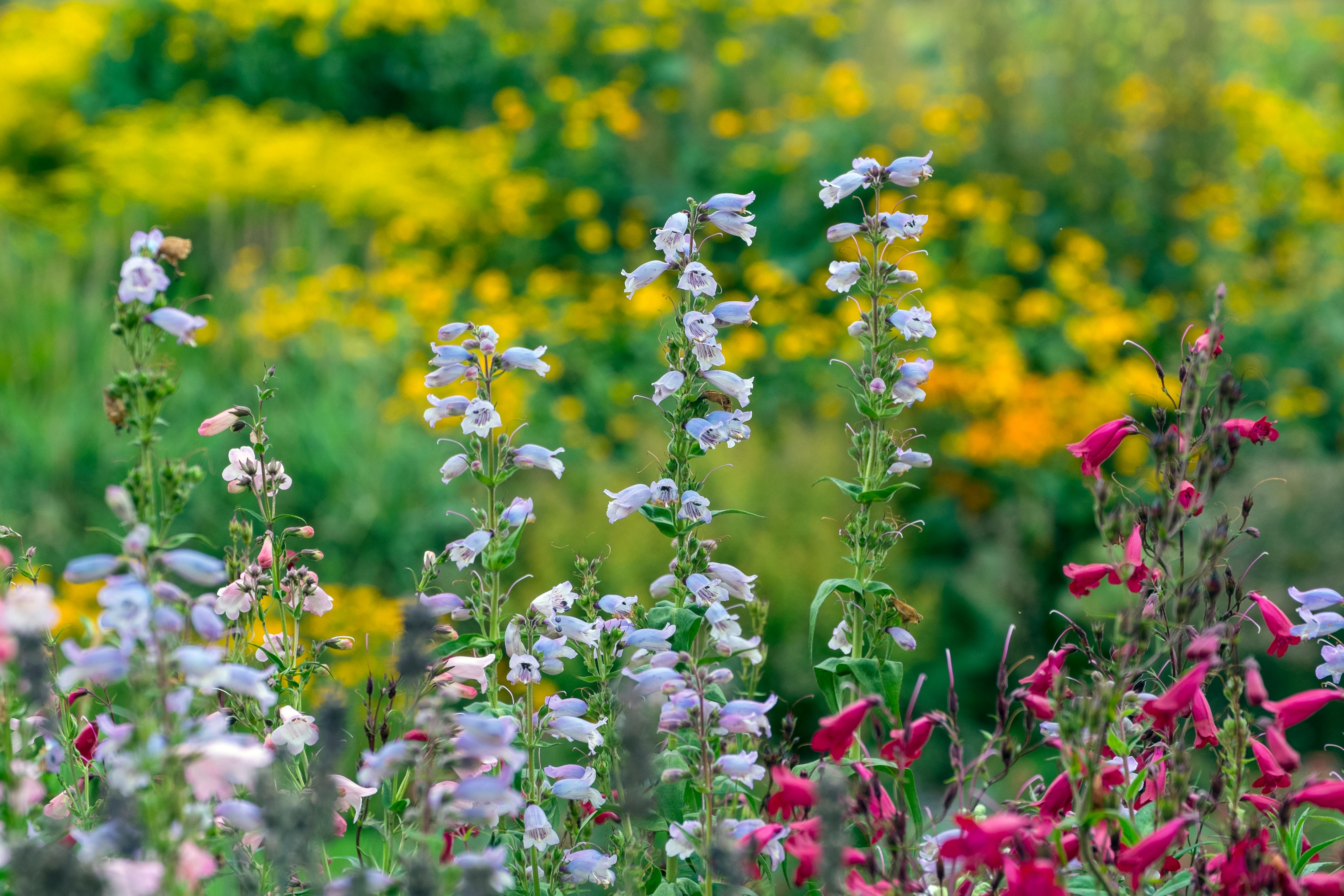
Credit: Gary K Smith / Alamy
Alan Titchmarsh: The ultimate flower for the lazy gardener
Penstemons are easy to grow, hardy, and flower for months — even the slugs don't both them. They might just be
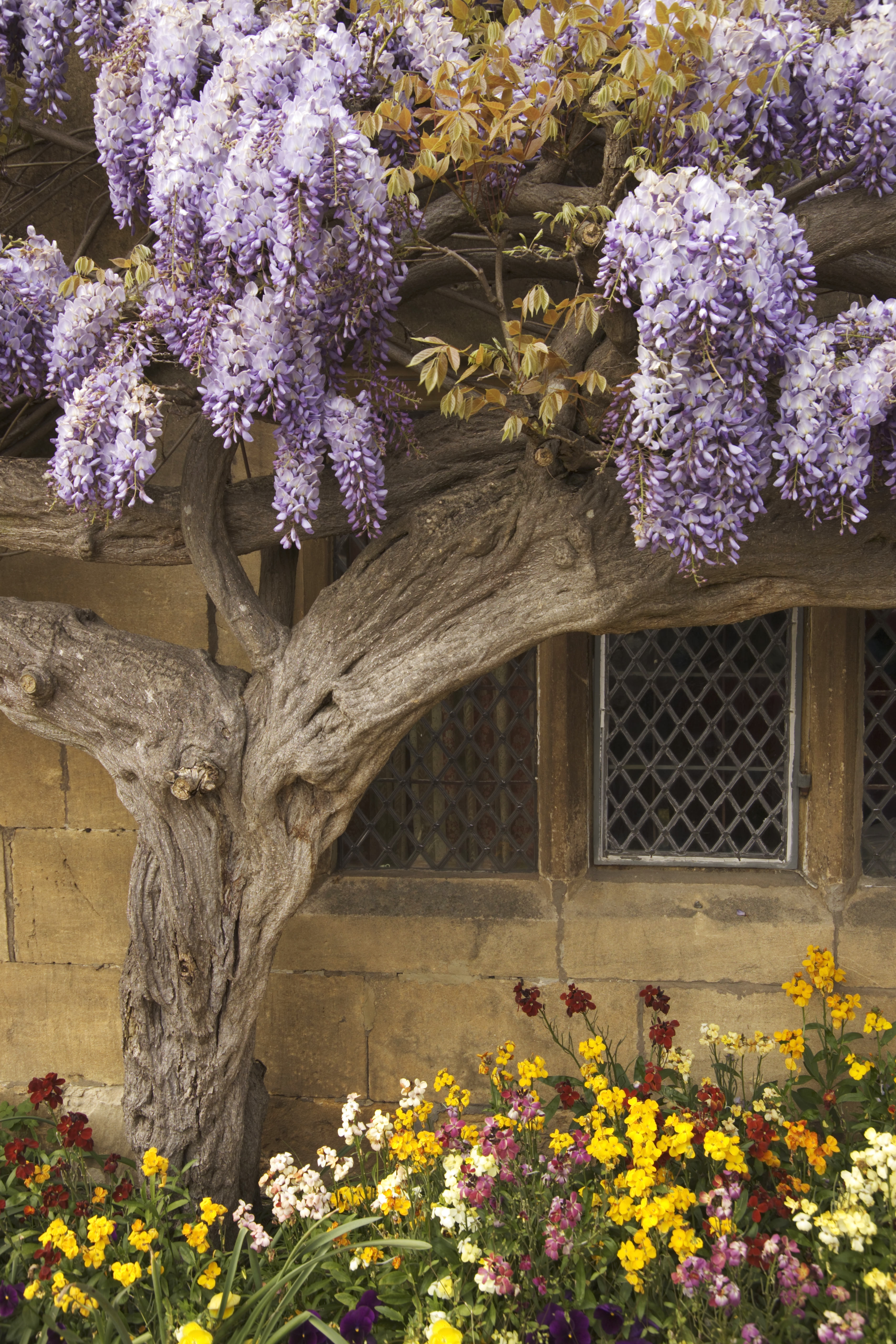
Credit: Getty
Alan Titchmarsh: A foolproof guide to growing wisteria
If you've been enviously eyeing the extraordinary wisteria on display across Britain this summer and wondering how you can grow
Alan Titchmarsh is a gardener, writer, novelist and broadcaster.
-
 ‘My football made me, my countryside saved me’: Vinnie Jones on going from the rough and tumble of the football pitch to the sanctuary of his West Sussex estate
‘My football made me, my countryside saved me’: Vinnie Jones on going from the rough and tumble of the football pitch to the sanctuary of his West Sussex estateA return to the land has been a redemptive journey for the gamekeeper’s son and former tough midfielder Vinnie Jones, finds Mary Skipwith.
-
 The quaint Alpine village that got taken over by The Beatles
The quaint Alpine village that got taken over by The BeatlesThe Beatles visited the Austrian resort of Obertauern to film their 1965 film Help!. Despite a distinct lack of prowess on the slopes, the Fab Four got by with a little help from some new-found friends, discovers Russell Higham.
